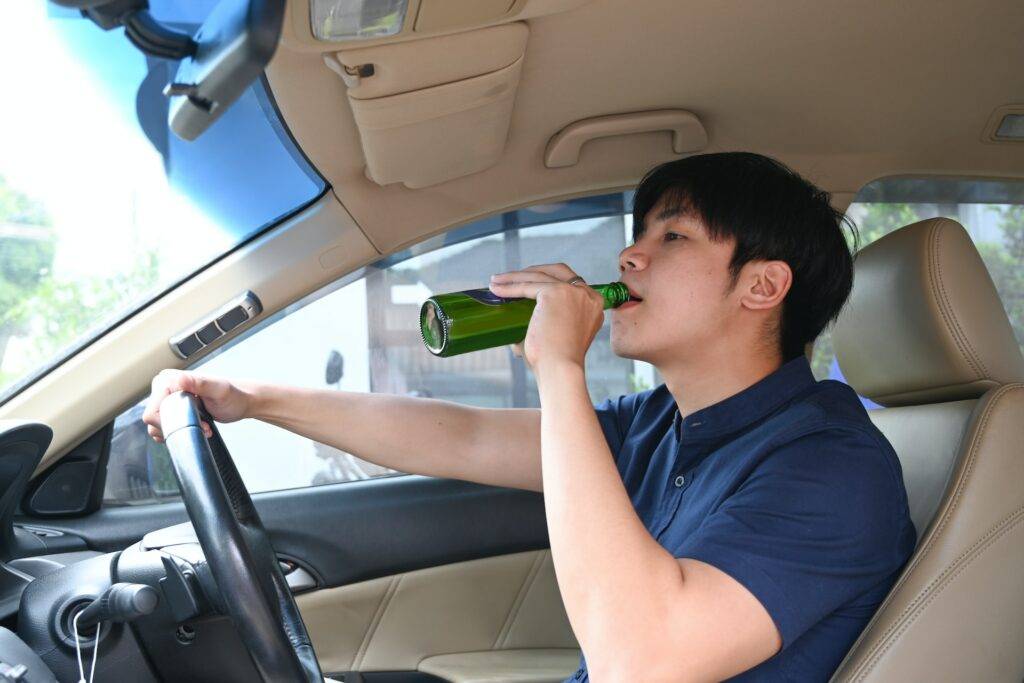
Drunk & Drive Case
Driving under the influence (DUI) and driving while intoxicated (DWI) are often used interchangeably to describe the criminal offense of operating a motor vehicle while impaired by alcohol or drugs. In the United States, all states have established a specific blood alcohol concentration (BAC) threshold as the basis for an independent criminal offense.
Most jurisdictions prosecute a second offense of “driving under the influence” or “while impaired,” with a presumption of guilt if the person’s BAC is 0.08% or higher (8 grams of alcohol per 100 ml of blood). Some states, like Colorado, have a lesser charge for driving while ability impaired, which may apply to those with a BAC of 0.05% or higher but below the 0.08% limit for more serious charges.
Law enforcement officers may conduct field sobriety tests to determine if a driver is impaired by alcohol. The legal BAC limit for commercial vehicles is lower, with states like New York setting it at 0.04%. Driving offenses related to alcohol impairment can result in license suspension and other penalties under the motor vehicle act.
It’s important to note that the amount of alcohol needed to reach a BAC of 0.08% varies depending on an individual’s body composition and health condition. Before the 1980s, when drunk driving was less strictly regulated, BAC guidelines ranged from 0.10% to 0.15%.
Wisconsin stands out as the only state that still treats first-offense drunk driving arrests as a forfeiture rather than a criminal offense. This unique approach to handling driving under the influence cases sets it apart from other states in terms of driver licenses and penalties for operating a motor vehicle while impaired.

Suspicion Is Reasonable To Stop
The police may come into touch with a driver in a variety of situations, some of which are as follows:
- The motorist was engaged in a car collision; the officer arrived on the scene and is conducting an investigation.The driver was stopped at a sobriety checkpoint (sometimes referred to as a roadblock).
The police received a report, possibly from an anonymous person, that a particular car was driving recklessly. Before pulling the driver over, the police should confirm the erratic driving. In some situations, the driver will be removed from the car. - The officer on patrol has seen erratic, suspicious driving or a pattern of traffic violations that indicate the driver may be inebriated. This is by far the most prevalent reason for a suspect’s detention.
A police officer stops a vehicle for a minor traffic violation, detects indicators of intoxication, and initiates a DUI investigation. - The following list of DUI symptoms is taken from a National Highway Traffic Safety Administration document (DOT HS-805-711) and is commonly used in training officers to detect drunk drivers. Following each symptom is a percentage figure that, according to the NHTSA, represents the statistical likelihood that a motorist is over the legal limit based on studies.
